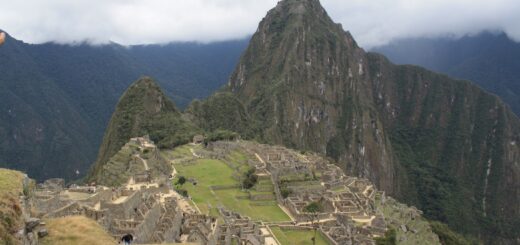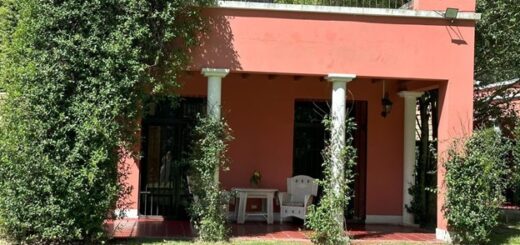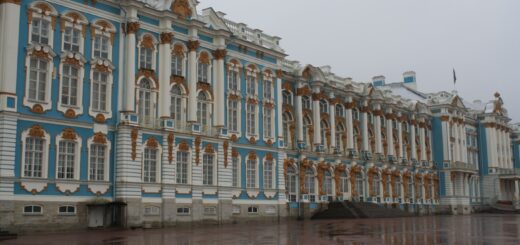Santiago
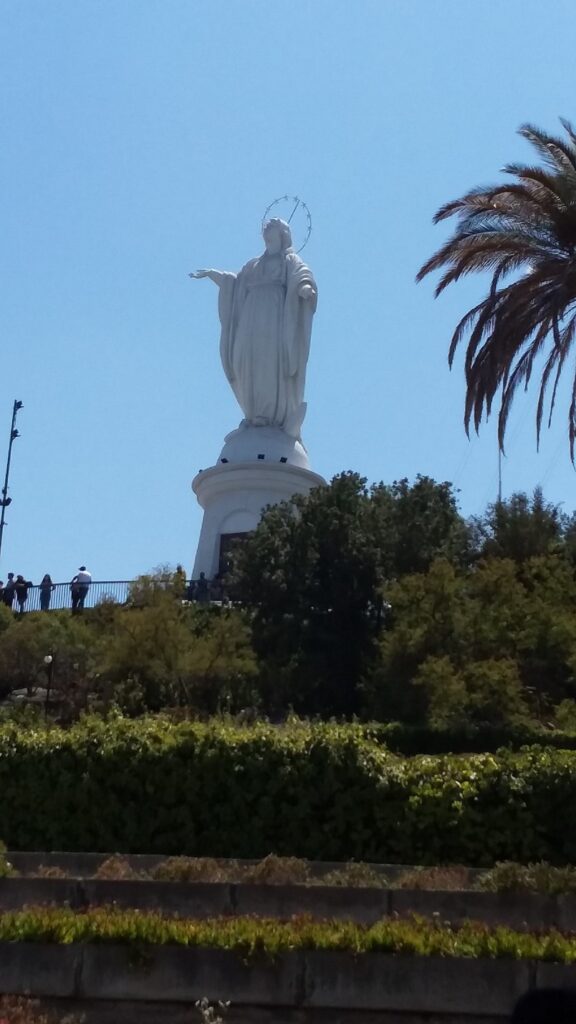
Travel Advice for Seniors: Santiago
Santiago, Chile’s capital and largest city, sits between the snow-capped Andes and the Pacific Ocean. Its history dates back to the 10th millennium BC when the first humans settled in the area. Following Incan rule in the 1400s, the city was founded in 1541 by Spanish conquistador Pedro de Valdivia.
Santiago played a large role in the independence from Spanish rule and became the capital of Chile in 1810.
Chile is about 2,672 miles long and has an average width of about 112 miles. It has over 4000 miles of coastline and features desert, Mediterranean and alpine terrain. Needless to say, it takes a few flights to see!
We were visiting for a twelve-day private tour through Chile. We started in the north at Santiago and ended at Punta Natales, and the Torres del Paine, or Chilean side of Patagonia. In a country this spread out, you have to plan for full travel days to get from one point to the next.
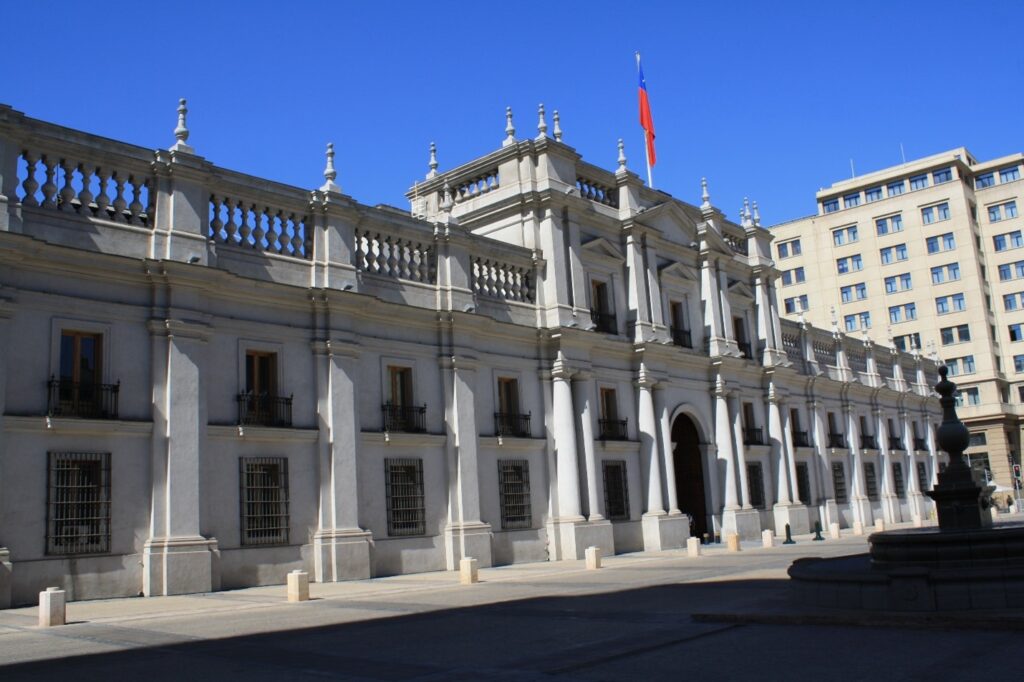
Back to Santiago….the main square or Plaza de la Constitución is in the heart of the city and is home to the neoclassic Palacio de La Moneda, seat of the president of Chile, and is surrounded by other government buildings and the Metropolitan Cathedral. The Cathedral was founded 1541and is the main Catholic Church of the country.The cathedral has an accessible entrance and walkways.
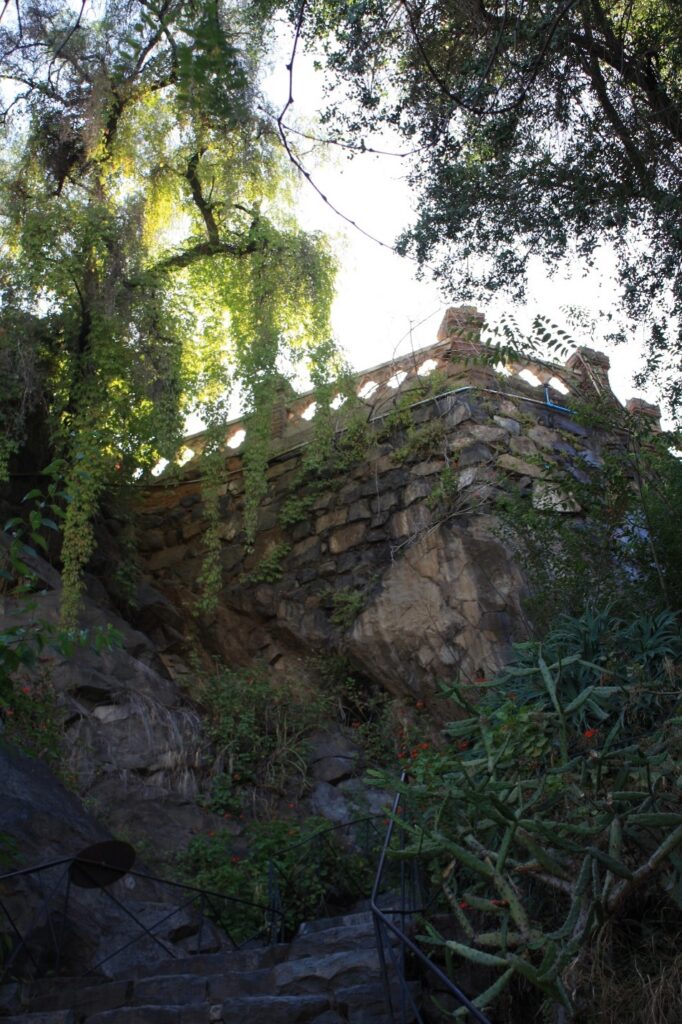
We started our visit at the Parque Metropolitano De Santiago, or San Cristobal Hill. The largest urban park in Latin America covers nearly 1,800 acres. It was created in 1921 and provides a nice view of the entire city. There was a bit of an issue with getting up and down the hill when we visited as the funicular was out. We ended up finally finding a ride on a bus after walking half-way down the very large hill. Accessible parking, walkways, viewpoints and restrooms, however it can be hilly.
The Statue of the Immaculate Conception is also on the Parque grounds. The Blessed Virgin Mary statue is on Cerro San Cristóbal and was given to Santiago by France in the 1920’s. It’s quite a steep hike up the levels and while easy to see, it is difficult to get a good picture because you are so close and steeply lower. Regardless, the 118-foot-tall statue of the Virgin Mary is very impressive. More realistic than the Christ the Redeemer statue in Rio de Janeiro, it is equally fantastic and thankfully, a lot less crowded. The statue is part of the Sanctuary of the Immaculate Conception and there is an adjacent chapel. The statue is on top of a very steep hill.
The San Francisco Church in downtown Santiago, was our next stop. It was established by Spanish conquistador Pedro de Valdivia in 1554 and is one of the oldest colonial-era buildings in the country. It was also the first catholic church built in Chile. Accessible.
We then took a drive to the hip Lastarria part of Santiago. Hilly Santa Lucía Park with the 19th-century Castillo Hidalgo fort offers hiking trails and nice views of the city. After checking out the view, take a walk in the neighborhood and check out the local shops and restaurants, it’s a nice way to spend an afternoon.
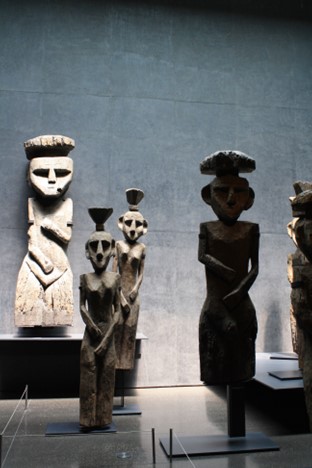
The Chileano de Arte Precolumbino, or the Chilean Museum of Pre-Columbian Art features artworks and artifacts from Central and South America. Be sure to check out the Chinchorro mummies, the Mapuche totems and the Maya stone columns. The museum is accessible and has an elevator and ramps.
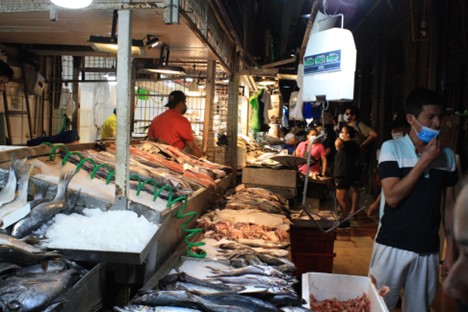
And we ALWAYS have time to visit the Mercado Central! It’s a produce market, souvenir market and much more…its specialty is fresh fish. Go at lunchtime to check out the many food stalls. Bargaining is allowed and I would encourage you to do so, especially if you are buying multiple items. As always, at heavily touristed places, keep a hand on your purse or your wallet in your front pocket. We like to take along a light-weight nylon carry bag with us for shopping, just in case! When you don’t need it, it folds up into a small roll that takes up barely any room in your purse.Accessible, but the crowds may make it difficult to get around.
Finally, Santiago is close to the Pacific, but Viña del Mar is where the beaches are located. It’s about two hours away. We didn’t visit but were able to see it in the distance. We were heading for the coast and Valparaiso tomorrow!
Where we stayed: Pullman Santiago El Bosque. Nice hotel, breakfast included. Centrally located. Accessible parking, entrance and rooms.
How we got there: Flight from US to Santiago. This was part of an 12-day private tour through Chile.
General Accessibility Information: See notes above. Santiago is more accessible than other cities and areas, with major hotels, sights and some transportation accessible. The National Tourism Service (SERNATUR) and the National Disabilities Service (SENADIS) have a guide for traveling in Chile with a disability. National System of State Protected Wild Areas (SNASPE) has accessible services in national parks, reserves, and monuments. Call in advance to verify and make specialty arrangements. See our sections on specialty apps and accessible travel for more on accessibility assistance.

